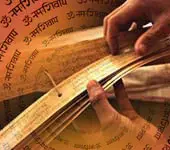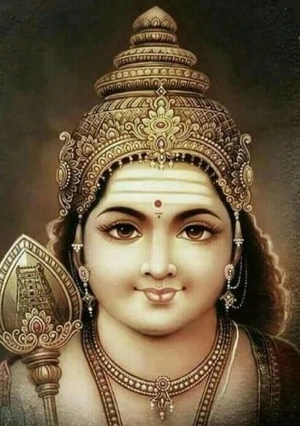Agnimeele Purohitam explained- Part 1
Comments from YouTube
Comments
Recommended for you
Mahaganapathy Moola Mantra explained
 Click here to know more..
Click here to know more..
Shanta And Rishyasringa Arrive At Ayodhya

Shanta was Dasharatha's daughter adopted by King Romapada. Learn about her arrival at Ayodhya along with her husband Rishyasringa....
Click here to know more..Shanmukha Bhujanga Stotram

bhujangaprayaatena vri'ttena klri'ptaam' stutim' shanmukhasyaadaraadye pat'hanti . suputraayuraarogyasampadvishisht'aan karotyeva taan shanmukhah' sad....
Click here to know more..
English Topics
Vedas
Click on any topic to open
- 86 Wealth in the Vedic Society
- 85 Culture vis-a-vis Agriculture
- 84 Whenever I have Read any Part of the Vedas
- 83 Vedas - Holy Books Of Hinduism
- 82 How The Vedas Manifested Into Material Objects
- 81 What does Rigveda contain?
- 80 Why Vedas are called Shruti?
- 79 What Vedas say about periods
- 78 How Vedas Came Into Existence
- 77 Vedas are eternal, not written by anyone
Please wait while the audio list loads..
30
Ganapathy
Shiva
Hanuman
Devi
Vishnu Sahasranama
Mahabharatam
Practical Wisdom
Yoga Vasishta
Vedas
Rituals
Rare Topics
Devi Mahatmyam
Glory of Venkatesha
Shani Mahatmya
Story of Sri Yantra
Rudram Explained
Atharva Sheersha
Sri Suktam
Kathopanishad
Ramayana
Mystique
Mantra Shastra
Bharat Matha
Bhagavatam
Astrology
Temples
Spiritual books
Purana Stories
Festivals
Sages and Saints

@anandtheagarajan2565
5 years ago@venkatachalapathiamarachin5187
2 years ago@umashankararumugamangalam6868
7 months ago